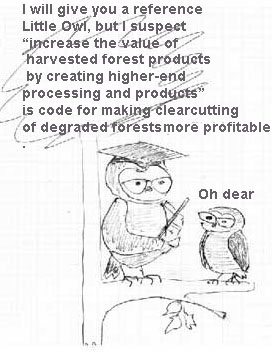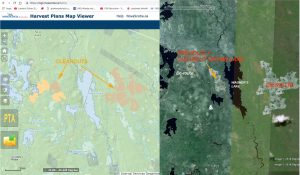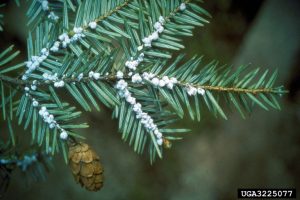The government should be explicit (public and transparent) about the options it is exploring and talk to more than just the advocates for Biomass, Biofuel, a Biorefinery and the Bioeconomy before taking us further down that path

Plan B: Biomass, Biofuel, Biorefinery and Bioeconomy?
“The exponential growth of the bioeconomy is a global threat. Instead of contributing to climate mitigation, bioenergy and ‘bio’ products keep energy generation locked-in to the carbon cycle, decrease the amount of land available for food crops, drive land-grabs, and decimate forests – our most efficient carbon sinks.” – Global Forest Coalition
Update/Comment Dec 15, 2018:
The Forest Biorefinery Concept
No ‘Plan B’ for potential shutdown of Northern Pulp mill, minister says. So reads a Canadian Press item in The Star (Dec 13, 2018):
Premier Stephen McNeil reiterated Thursday that his government has no intention of backing away from its deadline.
McNeil said it would look at options to help diversify the forest industry as a whole, but he wasn’t specific.
“We expect them (Northern Pulp) to meet that deadline. If they don’t we will continue to look at how do we best diversify the sector.”
A CBC story provides some thoughts of Mcneil and Rankin about “the residual stuff”:








